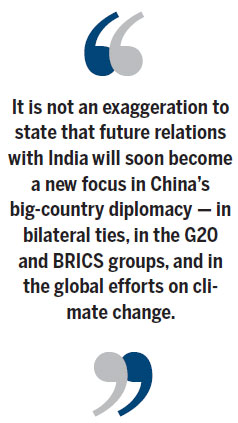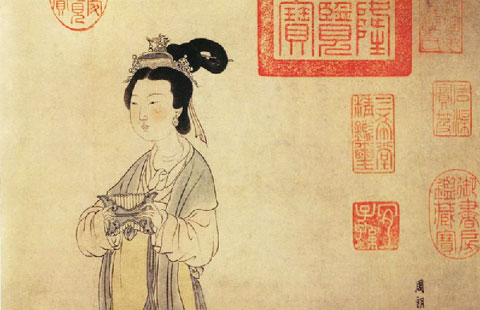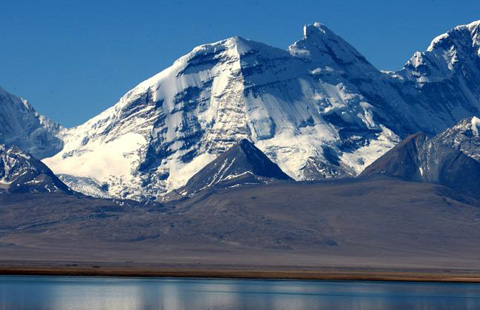
China, India can learn from each other's successes and failures
Reform and opening up shouldn't be just a slogan. Considered as an effort that requires fresh input, one can see that in some ways, China is not doing as much as it did in Deng Xiaoping's time. Complacency at times may corrode sensitivities about global developments. Striving for dubious attainments can blur the vision of rising opportunities on the horizon.

The Chinese press, both in print and online, failed to thoroughly report the recent Indian elections, in which Narendra Modi became the country's new prime minister. Hailed as India's Lee Kuan Yew or Deng Xiaoping, the 63-year-old chief minister of Gujarat state since 2001 is scheduled to be sworn in on May 26 and officially start running the second most populous country in the world the day after.
Modi campaigned based on his record in continuously generating faster economic growth for his home state, in western India, than that of most other states. Indeed, that growth probably has been faster and more solid than that of most Chinese provinces, considering that he was working in an environment without massive financial stimuli doled out by the central government.
During the campaign, Modi's message of development was better received across India's social divisions than his competitor's promise of extensive welfare schemes. When he declared that the new government is dedicated to helping farmers, villagers, poor and the lower castes "to fulfill their dreams and aspirations", China should hear him and think.
Modi was born in the year of the tiger, according to the Chinese zodiac. If he can enable the Indian tiger to release more of its energy in economic growth in the next few years, it will raise the question of what China can do to face both the competition and opportunity from its more growth-driven Asian neighbor.

It is not an exaggeration to state that future relations with India will soon become a new focus in China's big-country diplomacy - in bilateral ties, in the G20 and BRICS groups, and in the global efforts on climate change.
On the business-to-business level, the two countries already have had much closer ties than before the world's recent financial turmoil. But at the central government level, China will still have to learn to manage ties to at least avoid some of the blunders that Chinese companies, especially large state-owned enterprises, recently experienced in other parts of the world.
People like to say China is China and India is India, and the two countries will never be alike. This is a truism. On one important level, however, the two countries do share one common feature that is different from the most developed countries and from the old textbook economics. As latecomers in the game of development, both are more willing to take risks in using the government as a growth driver.
From Modi's Gujarat model to his salesmanship about the Indian dream and the new government's role in it, one can only imagine that he will pursue that line more fully, in strategy and in practice, than his predecessors. It is on this level that India's would-be competition with China will be of the most inspiring sort.
The benefit from this competition would be greater than any statistic could capture. It could help the two countries compare notes and learn from each other's successes and failures in matching government and market forces, and in the process, also benefit other developing countries.
The author is editor-at-large of China Daily. Contact the writer at edzhang@chinadaily.com.cn
(China Daily Africa Weekly 05/23/2014 page13)








